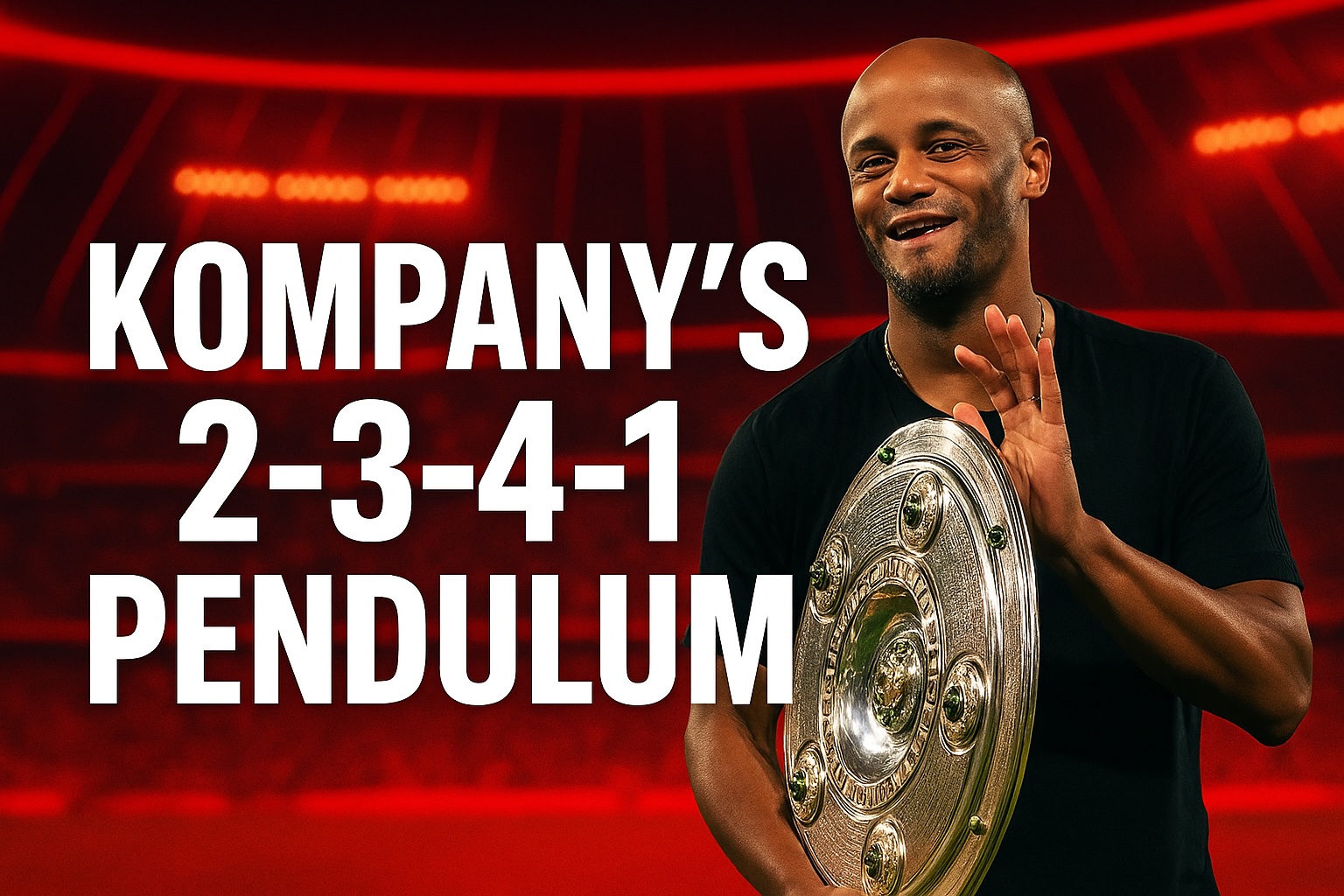
Team chemistry
Written by JusticeTeam chemistry is how your whole squad works as a unit. It is how well they get on with each other, if their playing styles match, if their personalities match, the list goes on. A team with a good team chemistry will play better, more unified football than a team with poor chemistry. A good team chemistry is the key to success, and a very valuable key too.
Ultimately, team chemistry will come to play on the pitch, and that is where you get your results. On the pitch is where player styles come in to the fold. You want to have players who suit your system and can play in a similar mind-frame with their team mates. For example, you are not going to use a 6'8'' un-technical brute in a team full of ground-pass merchants, that would be illogical. You want players in your team who know how to play with each other, who can see how your moves will develop and link up with team mates well. If you can get a squad of players who can play well together and in your system, you can succeed.
It is important for your players to get along with each other. They are not just colleagues, they will depend on each other on the pitch, so they must be able to depend on each other off the pitch too. If you bring in players from a large variety of countries, they won't get on well together because of the language barrier. Equally, if you bring lazy players into a squad with determined, hard-working players, there are going to be clashes. Try to bring in players whose personalities match, that is how you can get an overall sense of togetherness, and better morale too!
One of the most underrated values that people often forget about is a player’s experience. Quality will win you games, but experience will win you trophies. If you have an extremely young squad, problems will arise. Sure, they may have the quality to win every game, but if they face a tough challenge, it will hit them hard mentally. It is much harder for an inexperienced player to pick themselves up after a bad run of form than it is for an experienced player. It is important to have some experience in your squad, this will help the young players in your team to excel, and it also gives you a reliable backbone for your team when the going gets tough.
One obvious challenge that you will face as a manager, and there is no escaping it, is when a key player is sold or retires and leaves a hole in your team. Do you try to replace this player with another who is like-for-like? That can be very difficult to do. For example, look at Gerrard, Lampard and Scholes, the last of a Golden Era of English midfielders, all of them as irreplaceable as the next. Instead of trying to replace that player, simply look for a player who can play in that position, is good enough for your team, fits your style, and will fit in well with your other players. If you can match these criteria, you do not need to worry about your lost player affecting your team chemistry.
Are there any other ways you can improve your team chemistry? Of course, there are plenty! Having experienced players tutor younger players is a very good way of doing this. Another good way is bringing your team for training camps where they can "bond" more as a team. You could also focus on bringing in players from a particular nation to avoid varying languages and cultures in your squad. Whatever way you can improve team chemistry, do it, because a good team chemistry brings good team play, and good team play wins you trophies!




![TinyHips' Dark Mode Skin v4.4 [Win + MacOS] *UPDATED FM26.0.5*](assets/downloads/fm26/fm26-dark-mode-skin.th.png)
![[FM26] Leagues Mega Pack by @Timo@ (174 Nations + 17 Feminines) + 4 Utilities](assets/downloads/fm26/fm26-leagues-pack-by-timo.th.png)





Discussion: How to create a successful tactic on Football Manager
19 comments have been posted so far.
Change Log 27/05/2017
5. Team Instructions - Completely revamped to reflect recent changes in FM
14. Sideline Shouts - Page added to reflect importance of sideline shouts
but anyway, I still confuse. about attack near post and near post flick on,what kindof player should be suite? I mean, if we have good header,then why we ask him to flick instead of attack directly to the goal?and if we have player at far post who great header,why we didnt give the ball to him,but flick from near post instead?
and what about stand on far post? I quite didnt understand. so this just distraction? not the goal scorer?
how about attack from deep?
Freekicks:
I'm afraid that you're unable to have two free kick takers for the time being ( at least, to my knowledge), so you would have to suffice with having one of Ronaldo / Bale taking both free kicks around the box, as well as further up field.
Aiming a free kick towards the best header is normally used when a shooting opportunity is not on - so, for example, if a free-kick is from a wider position, the free-kick will be aimed towards the player who has the best heading attributes.
Taking a long free-kick means that if you have the ball deep in your opponents half, the ball will be passed up field in a more direct manner, instead of passing the ball short, and keeping hold possession. Choosing a long freekick is best if you're playing a more direct tactic, where as a short free kick is best if you have players that can play with a fast tempo and small passes.
Corners:
A near post flick would require a player to essentially 'flick' the ball backwards towards either the center of the box, or towards the far post - a good example of this in real life could be seen with Manchester City. Often during matches Demichelis flicks the ball backwards for someone else to score. If you were to use this, then make sure to have players placed both centrally and attacking the back post.
Attacking near post is where the player attack the ball at the near post in an attempt to score. This differs to the near post flick on as the near post flick on does not try to score - simply move the ball on in order to allow someone else to score. If you're going to use this, then make sure the player who's attacking the near post has good attributes in the following areas: Heading, Jumping reach and strength. Other attributes that can be included are Balance and Bravery.
I hope this cleared things up for you! :-)
I don't think that there is a way of setting different players to take long and short range free kicks. Usually, the players that are good at free kicks tend to be
corner kicks too. Also, long will play a long ball into the box as far as they can, whereas best header will go higher, for the best header of the ball to jump up and head it as no one else can reach,
The difference between each of these is actually quite big. Attack near post will make your player run to the near post and attempt to head the ball in. On the other hand, near post flick on will make the player at the near post head the ball to the far post over the defenders instead of shooting himself. Attack far post is similar to attack near post, as the players will try to head the ball in at the far post, and I think Stand on far post will attempt to distract other team defenders and create space in the area.
Free Kick
my problem on this set piece ,is , FM is sometime unreasonable. for the free kick from very long distance,where player would pass it to another team mate instead of shot on goal, they put my free kick taker here,which is not effetive. I mean,if you see real madrid , they would put cristiano ronaldo or gareth bale as free kick taker ,from reasonable range to shot on goal. if the free kick place is too far to be shooted, then xabi would take instead ,so he could aim the ball better. but in fm, this doesnt happen. all free kick would taken by ronaldo ,except the free kick from touchline..
any souliton?
I also didnt understand,what is "long" option on free kick aim optin mean?
couldnt it become "long and to best header"?
corner kick
any explanation about the different between "near post flick on" and attach near post?
how about "atack from deep and lurk outside area'?
and "attack far post" with "stand on far post"?
I didnt know which is the right time to chose them.
Kudos!
@Bert: Thank you for contributing. We have some new guides in the works, I'll ask you for more contributions soon
Thanks for this fantastic guide.
Just one thing I would like to mention... earlier, according to my experience it is not the best option to mark tightly a pacey opponent as they will be able to lose your defender who is not that fast...
what do you think?
Good read for the other sectors, and really good help in the parts that I'm not as comfortable with.
Nice guide all round!